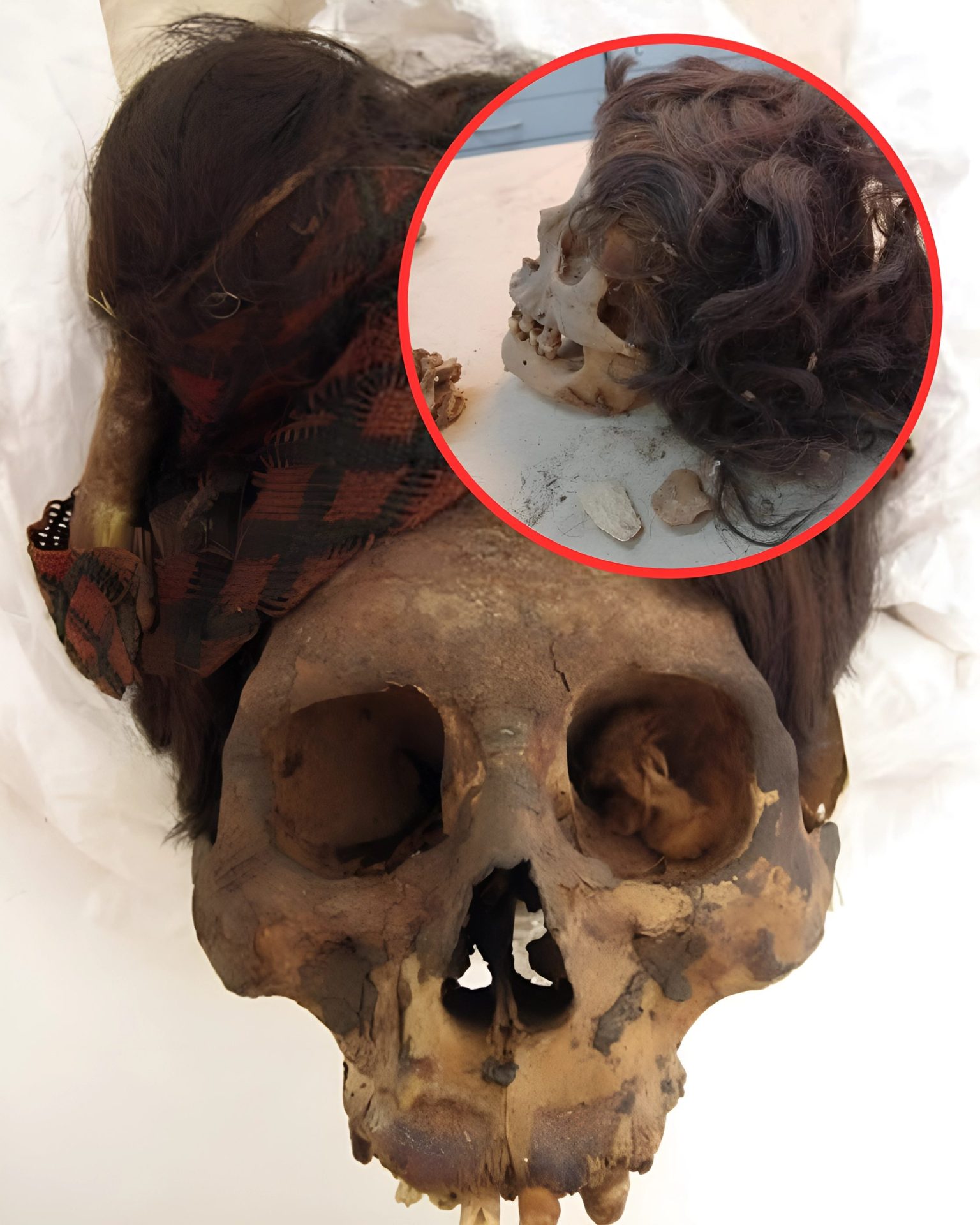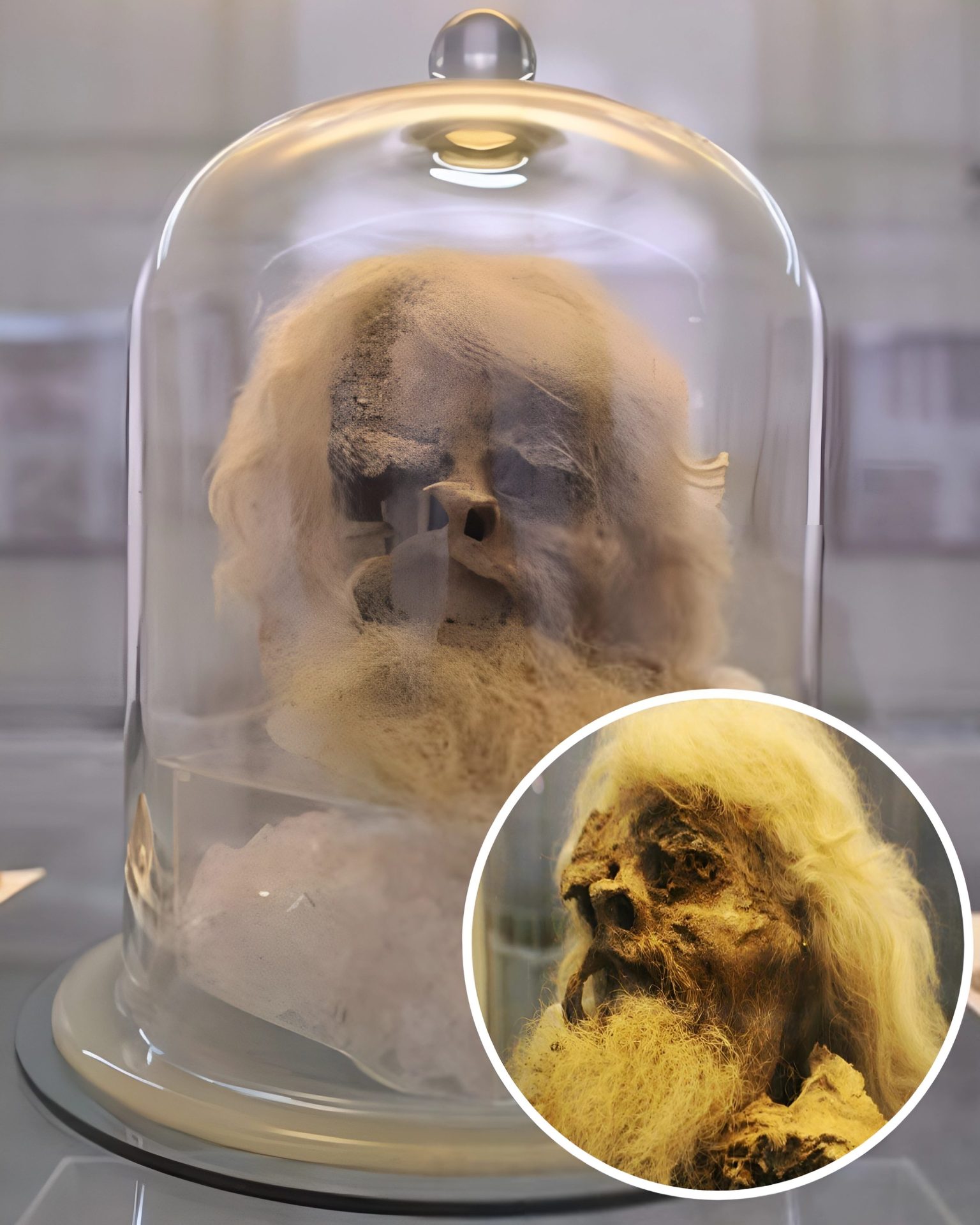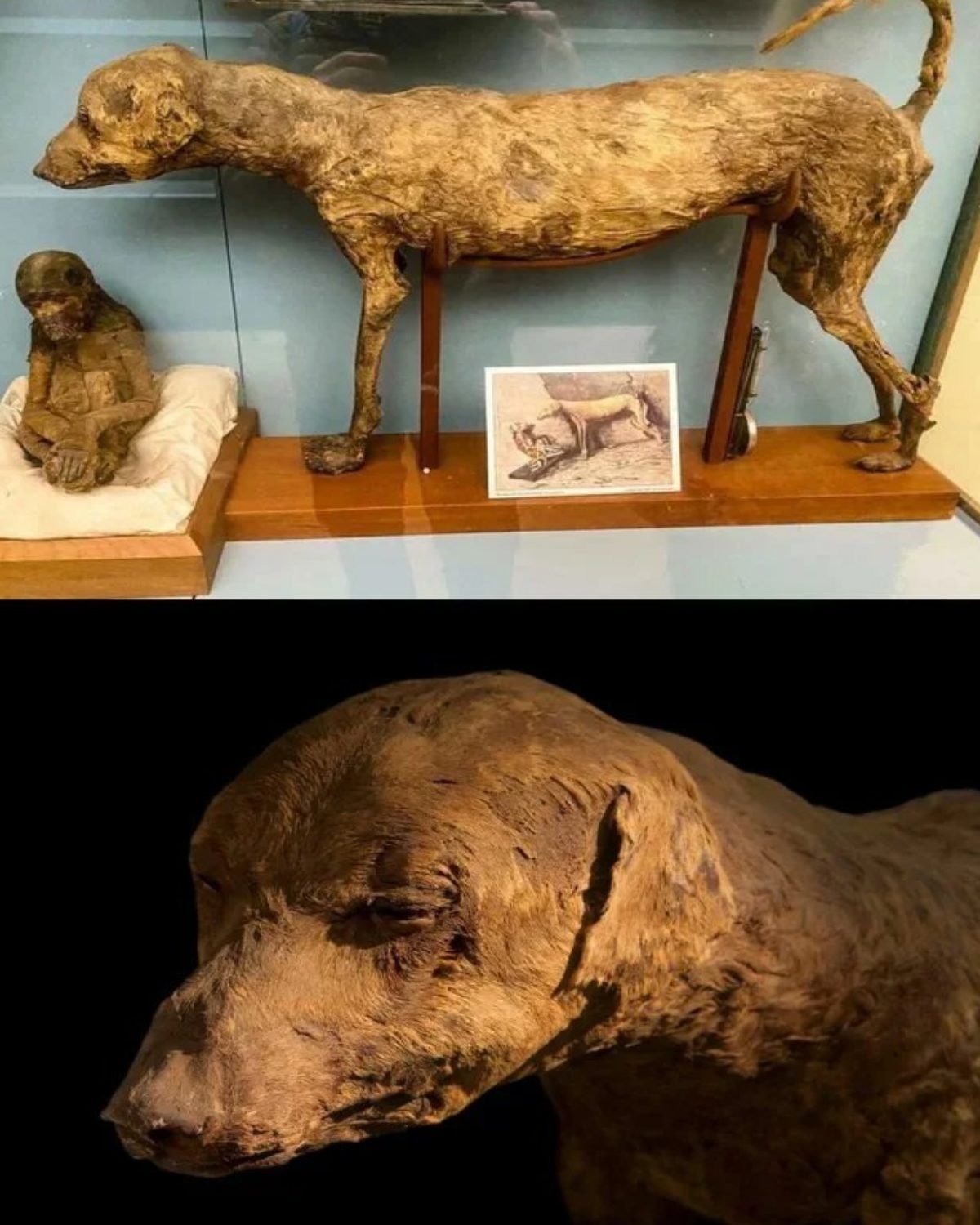The skull of the athlete is still adorned by the golden wreath. Credit: Archaeological Museum of Agios Nikolaos, CreteThe skull of a crowned athlete with a gold wreath in the shape of a laurel branch still attached to it is perhaps one of the most impressive exhibits in Greece. The flesh disintegrated after 2,500 years, but […]
The skull of the athlete is still adorned by the golden wreath. Credit: Archaeological Museum of Agios Nikolaos, CreteThe skull of a crowned athlete with a gold wreath in the shape of a laurel branch still attached to it is perhaps one of the most impressive exhibits in Greece.
The flesh disintegrated after 2,500 years, but the wreath stuck and remained on the skull. Inside the mouth, a silver coin was found as a token to Charon, who in Greek mythology was the ferryman of Hades who carried the souls of the newly deceased to the underworld.
The skull was found in the cemetery of the ancient city of Lato and was one of the most spectacular exhibits at Agios Nikolaos museum in Crete.

Skull with gold wreath discovered in the ruins of the ancient city of LatoLato was an ancient city of Crete, the ruins of which are located approximately 3 km from the village of Kritsa, among the oldest and most picturesque villages in Crete which was built amphitheatrically on a rock hill called Kastellos. This hill is surrounded by olive groves at an altitude of 375m.
The Dorian city-state was built in a defensible position overlooking Mirabello Bay between two peaks, both of which became acropolises to the city.
Although the city probably predates the arrival of the Dorians, the ruins date mainly from the Dorian period (5th and 4th centuries BCE). The city was destroyed c. 200 BCE, but its port (Lato Etera, or Lato pros Kamara), located near Agios Nikolaos was in use during Roman rule.
This has led to the confusion, repeated by Stephanus of Byzantium quoting Xenion, a Cretan historian, that Kamara and Lato were one and the same. Modern scholarship distinguishes the two.
The city was most likely named after the goddess Leto (of which Lato is the usual Doric form) and may be mentioned in Linear B tablets as RA-TO. Lato also minted coins in antiquity, bearing the likeness of the goddess Eileithyia, who appears to have been the one particularly worshipped at Lato.

Nearchus, admiral of Alexander the Great, was born at Lato.
Skull exhibited at the Archaeological Museum of Agios NikolaosThe Archaeological Museum of Agios Nikolaos opened in 1969 and was considered one of the most significant in Crete. It has a rich collection of archaeological treasures ranging from the pre-Minoan (3000 BC) to the Roman (2nd century AD) period.
The museum housed collections of vital archaeological findings from the entire region of eastern Crete, extending from Malia to the distant Zakros. Its showcases included more than 1,500 pots, as well as the oldest gold and bronze findings in Crete.

Among the exhibits of the museum were the findings from the seaside cemetery of Agia Fotia, the largest Minoan cemetery that has been excavated, the terracotta figurine of the Goddess of Myrtos, the golden pin, the stone pyxidio, and the stone Rhyton in shape of a triton shell.
Unfortunately, the museum is currently closed. All exhibits have been moved to other museums in Crete.





